Plants that don’t get much sun need extra care to thrive. Here are the top 8 Things to do when growing plants in low light!
You can give your plant the best soil, container, fertilizer, and water to a tee, but without enough daylight, it will stubbornly wilt and perish, even if it’s a tolerant pothos or spider plant. You obviously can’t force the sun to shine on demand! So, here are the things you should do when growing plants in low light.
Things You Should Do When Growing Plants In Low Light
1. Choose Low Light Tolerant Species

Be it a gloomy season or just the lack of bright spots in your home, some plants are champs in dimly lit spaces! They ensure your home is alive and green even in darkness! Snake plants, pothos, ferns, spider plants, peace lilies, and ZZ plants are just a few examples of low-light varieties you can grow at home.
If you have a little more space, check out these low-light palms to really spruce up your decor.
2. Rotate the Plant
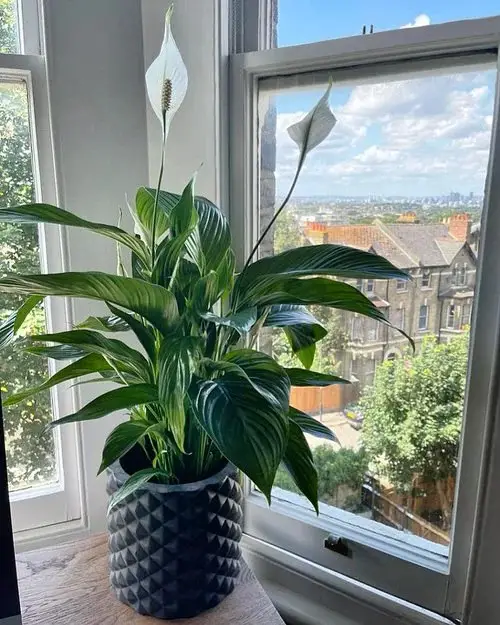
Now, not all plants are expert dim-light dwellers like the ones mentioned above. Let’s look at regular plants and seek solutions for this sunlight conundrum. Potted plants by windowsills are often left untouched, exposing only one side to light.
If sunshine is scarce, simply rotate the pot so all parts of the plant get light evenly and equally. Do this once every couple of weeks, shining light on the shaded parts of the plant.
3. Clean the Foliage

Plants absorb daylight for photosynthesis through leaves. Now, if the leaves are covered in layers of dirt and dust, how can they absorb it properly? All you have to do is gently wipe it clean with a damp cloth or dust off particles with a soft duster.
Avoid overly wet cloths or spraying it clean, as it may lead to extra moisture that won’t dry up in all that shade. This could even cause fungal infection and mushy leaves.
4. Reduce Watering
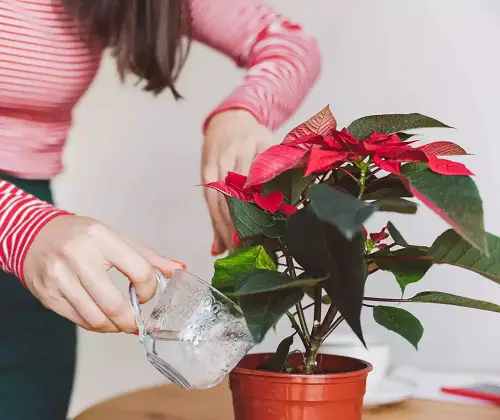
The next thing you should do when growing plants in low light is regulate watering! Just like humans perspire in the heat, plants transpire. However, with no light and no heat, plants tend to retain more moisture for longer periods, thus reducing their watering needs.
Always check the soil, and only water if the surface feels dry, you can poke your index finger for that or use a moisture meter.
5. Feed Less Fertilizers
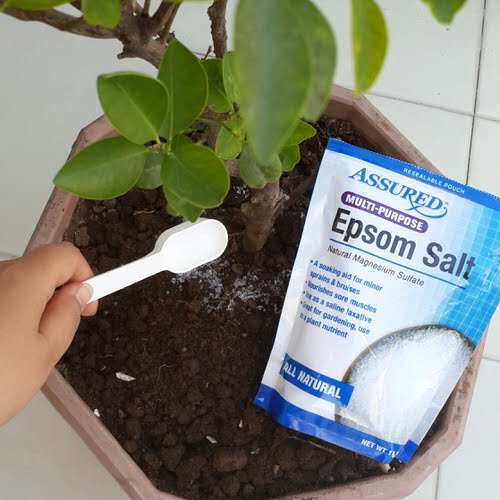
A plant barely surviving its dark days may not be at the peak of its health, capable of processing too much of anything. So, avoid feeding it plant food frequently, which requires more energy to break down. In dull light, the growth reduces, which is why forcing fertilizers into its system exhausts the plant, leading to salt accumulation and leaf burn.
If your plant survives in very low light, it only needs very little supplement during the growing season. Dilute a balanced fertilizer to a quarter of its strength with water and use it perhaps once every eight weeks.
6. Look Out for Irregular Growth
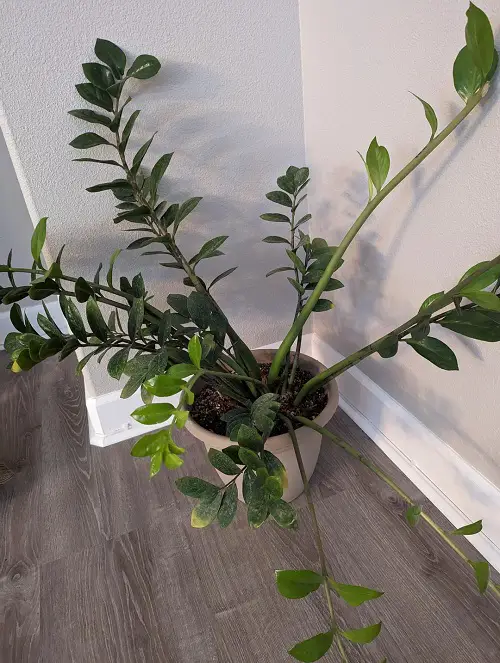
Moths are drawn to fire, and our leafy friends are drawn to light! In dull spaces, they tend to stretch out looking for light and, in turn, may get leggy. As all energy is diverted to long and searching branches or stems, the plant has fewer resources to produce leaves, fruits, and flowers.
If your plant appears weak or spindly, it’s asking for light. If you have a sunny spot, move it there, or consider using grow lights. More on that below!
7. Pest Infestation
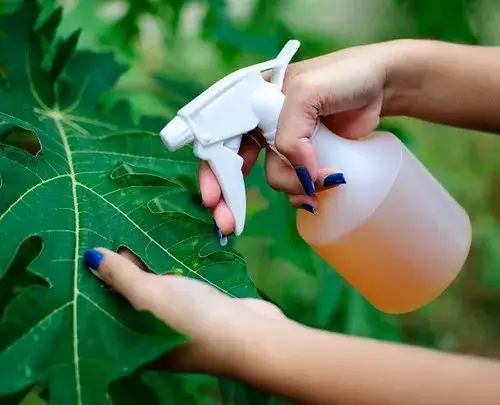
Sunlight acts as a shield against pests and infections and also provides plants energy to resist. So, the lesser the light, pests will strike! Especially ones like whiteflies that love shadows. And in these situations, prevention is a hundred times better than cure.
Regularly inspect your plants, and if you suspect the beginnings of a pest onslaught, use neem oil or mild insecticidal soap to disinfect and nip the problem in the bud.
8. Use Grow Lights
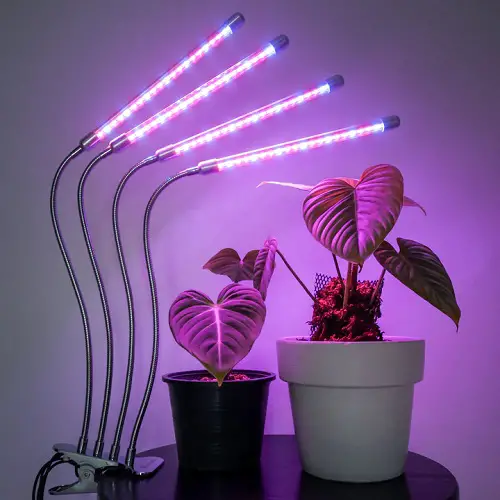
In the end, technology comes to the rescue! Artificial grow lights can substitute natural light efficiently and are a saving grace for plants that need ample sun to grow. First, determine the volume and intensity of light your plant needs. While some low-light types like pothos may be content with the bare minimum, edibles may need much more.
However, even long-day plants need some time off to respire. So, ideally, cap it at 14-16 hours of light per day, but it really varies from plant to plant.
These tricks are a ray of hope for your plants growing in a dark dimly lit corner. If any of these work for you, do share via the comments below!



